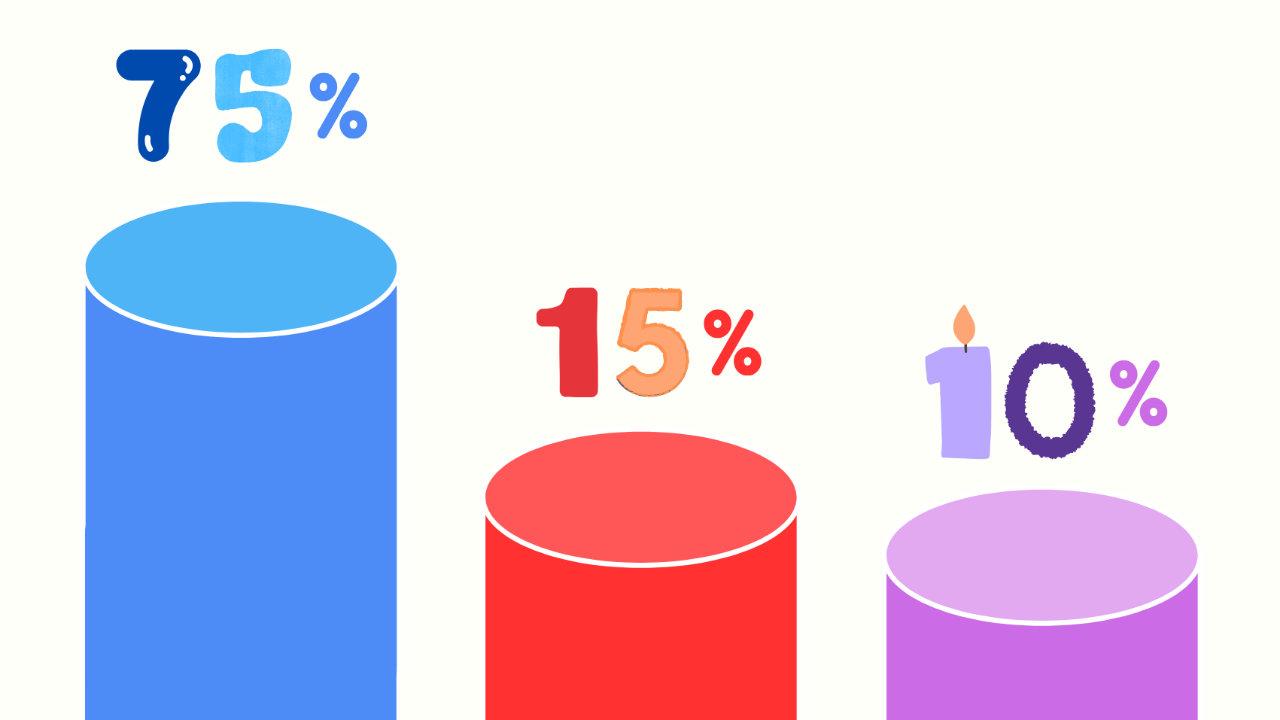
How To Analyse An Income Statement
Jul 23, 2023Hello Stoic Investors,
Today I want to teach you something new.
Every successful person I know understands the income statement.
It’s really a foundation for building wealth.
You might be thinking: “I don’t care about this.” or “Who need this?!”
So, let me first tell you what might happen if you skip this lesson.
If you can’t read an income statement, you can’t understand money.
If you can’t understand money, you can’t assess investments.
And if you can’t to assess investments, you’ll never build wealth.
Don’t worry, I’ll make this easy to understand.
The income statement
This report shows how much money a company generated from its operations, the costs incurred to
generate that revenue, and the resulting profit or loss.
It looks something like this.

I know this might look scary.
But let me break it down piece by piece.
Net Sales:
This is the total amount of money the company earned from selling its products or services after taking away any returns, discounts, or allowances. It shows how much money the company made from its sales.
Cost of Goods Sold (COGS):
This is the cost of making or buying the products that the company sold. It includes things like the cost of raw materials and labor needed to produce the goods.
Gross Income:
Also called Gross Profit, this is the money left over after subtracting the cost of making or buying the products from the total sales. It shows how much money the company made from selling its products before considering other expenses.
Selling, General, and Administrative Expenses (SG&A):
These are the regular expenses that the company has to pay to keep running its business. It includes things like employee salaries, rent, utilities, and other costs involved in selling and running the company.
Operating Income:
This is the money left over after subtracting the Selling, General, and Administrative Expenses from the Gross Income. It shows how much profit the company made from its main operations, like selling products or services, before considering other factors.
Interest Expense:
This is the money the company pays as interest on any debts it has, such as loans or bonds. It is like the cost of borrowing money for the company.
Loss on Sale of Equipment:
This shows the money the company lost when it sold equipment or assets for less money than it originally paid for them. It represents a loss because the company didn't get as much money as it hoped for when selling those items.
Income Before Taxes:
This is the money the company made before paying taxes and other factors. It is calculated by subtracting the Interest Expense and Loss on Sale of Equipment from the Operating Income.
Income Taxes:
This is the money the company owes to the government as taxes based on its income. It is calculated using the applicable tax rate.
Net Income:
Also known as Net Profit or Bottom Line, this is the final amount of money the company made after subtracting all expenses, including taxes, from the Income Before Taxes. It shows the overall profit or loss of the company.
Most income statements will follow this structure.
Even if they have more fields, the logic is the same.
In case you’d need another angle to understand this.
A cool analogy
Imagine you're creating a budget for yourself to keep track of your income and expenses. Your income
represents the money you earn from sources like your job, freelancing, or any other income streams. These
earnings are similar to the revenue of a company.
Now, just like you have expenses in your daily life, a company has expenses as well. Your expenses could
include rent, groceries, transportation costs, entertainment, and other expenditures. Similarly, a company
has expenses like employee salaries, utilities, raw materials, marketing costs, and more.
To calculate your net income for the month, you subtract your expenses from your income. If your income is
higher than your expenses, you have a positive net income, meaning you have money left over after
covering your costs. This is similar to a company making a profit.
On the other hand, if your expenses exceed your income, you have a negative net income, indicating a loss
or deficit. This is comparable to a company experiencing a loss where its expenses are higher than its
revenue.
I know such topics can be confusing.
But the more of these statements that you read, the easier it gets.
However, if you have any questions whatsoever, you can always reach out to me.
So, note down these points and start reading income statements today:
1. Every successful person I know understands the income statement
2. It shows how much money a company generated from its operations, the costs incurred to
generate that revenue, and the resulting profit or loss.





